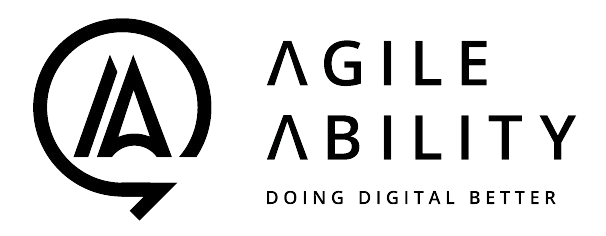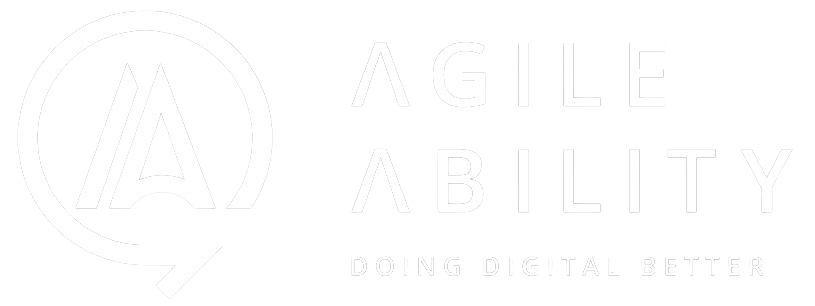Types Of Content You Should Use For Content Marketing
When it comes to online marketing, content is everything. Content will set your company apart from competitors, and drive leads through relevant online traffic. According to a survey from Content Marketing Institute (CMI), 92% of marketers stated that their company views content as a highly important business asset.
There are numerous components of content marketing and types of content that can be used to target and nurture visitors into customers:
Blog Posts/Articles
Blog posts and articles are perhaps the most dominant form of content on the web and have a great deal to offer your audience. Detailed, authentic, and written content can drive lots of organic traffic to your site informing consumers about your products, brand, and expertise. Moreover, blog sections are golden opportunities for keyword optimisation, which dramatically helps with SEO.
Social Media Posts
Social media platforms are turning into brand-focused search engines. Creating specific and relevant content and distributing it on social media helps you engage more followers and speed up the sales cycle.
Videos
Videos are a hugely popular form of content production, mostly because people tend to pay more attention to videos on their smartphones around the clock. Short videos generate better user attention as opposed to a long article they have to read.
Live videos are extremely popular because they build real-time engagement with the audiences.
Infographics
Infographics are graphic representations of data, information, or knowledge intended to present information quickly and clearly. They are highly sharable and consumable – readers love them because they make concepts easier to understand and digest. As per reports, consumers are 30 times more likely to fully consume a piece of content if it’s an infographic compared to textual information.
Surveys
For content marketing, surveys can measure roles, demographics, present critical information about consumers, and uncover consumer insights. This helps in making informed and data-driven business decisions. Locally, surveys help to plan content marketing decisions. For example, for content marketing London might be easier to survey because of the vast population and target demographic as compared to looking into the content marketing Surrey demographics would yield. In the same vein, for content marketing Sussex will yield a higher sample for surveys as compared to the same survey for content marketing Reigate would yield.
Creating A Content Marketing Calendar
A content calendar is a resource that we can use to plan all content activities. This allows you to visualise how your content is distributed throughout the year. A calendar-based format is highly recommended as it comes with numerous benefits. Here’s a 3-step procedure to build your content calendar:
Start With Existing Content Assets
It’s not necessary to produce all your content from scratch as we often have heaps of valuable content just lying around. Start by taking note of all your existing content and resources to see what can be curated and remixed.
Identify and Create Content Shows
Think like television networks and create content shows. These shows are big, steady on-going content initiatives that have the same theme and format. These are often podcasts, webinars, video series, white papers, reports, etc., and should be plugged into your calendar first.
Plan, Schedule, Publish, Promote, Track and Tweak
Proper planning and scheduling of the publishing content should be done from time to time – be it monthly or quarterly. Review and track the engagement and revenue stats from previous periods to assess which types of content are more successful and which are less successful. Make desired tweaks to already designed content to encourage engagements and visits.
Creating A Content Marketing Matrix
Content Marketing Matrix (CMM) is a framework from which a content marketer considers and plans what works best for the audience with the right content, at the right time, and in the right place.
A Content Marketing Matrix involves brainstorming future content ideas to generate leads, nurture them, encourage sharing, and generate backlinks for SEO, and is a key part of the strategic approach to content marketing.
CMM is a powerful tool for marketers as it’s a structured content mapping tool to help you think through the key dimensions of which types of content will best support the target audience to purchase.
Here’s how you can apply the content marketing matrix to companies or brands:
Step 1 – Assessing the values of different types of content
Step 2 – Review the current use of content within a company by plotting different content formats
Step 3 – Review competitor use of these content types
Step 4 – Brainstorm possible future content types
Step 5 – Use criteria from Step 1 to select new content types
Great content has been the foundation of a successful content marketing strategy. It’s what will drive in leads through organic searches and work to turn those leads into paying customers. If you can extract value from every single piece of content you curate, you can boost conversions.
Click the button to the right to connect.

